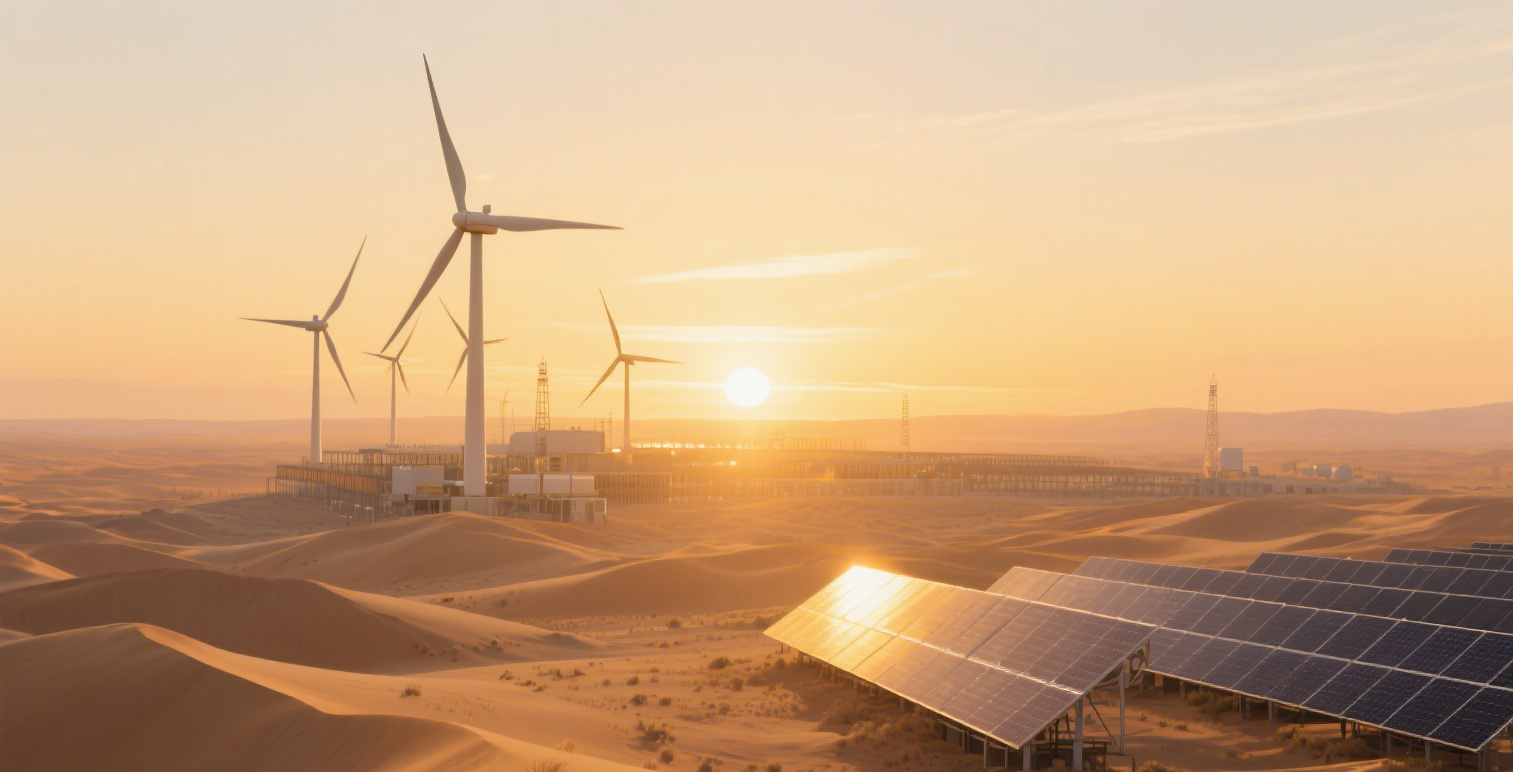
CCES for Large Energy Bases
Challenges
- Grid congestion from renewable volatility
- Renewable energy wastage
- Grid instability limits large-scale power export capacity
- Diverse energy mix lacking flexible energy storage deployment
- Geographic and climatic constraints
Core Advantages

Efficient External Energy Coupling
Improves system performance in cold, extended winters, reducing operational costs

Optimized Power Export
Stabilizes renewable energy output, enhancing long-distance transmission efficiency

Flexible Energy Structure Compatibility
Independent adjustment of charging and discharging power and duration, adaptable to various configurations such as wind, solar, or hybrid bases, achieving a "One base, One strategy"

Long-Duration Energy Storage & Peak Regulation
Minimizes waste of wind and solar energy, supports inter-day and inter-seasonal peak regulation, enhances grid stability, and smoothens renewable energy fluctuations

Extreme Environment Adaptability
Operates reliably in harsh conditions like sandstorms, severe cold, extreme heat, strong winds, and heavy snowfall areas

